1. Kho Kho — India’s Sprint-and-Duck Classic
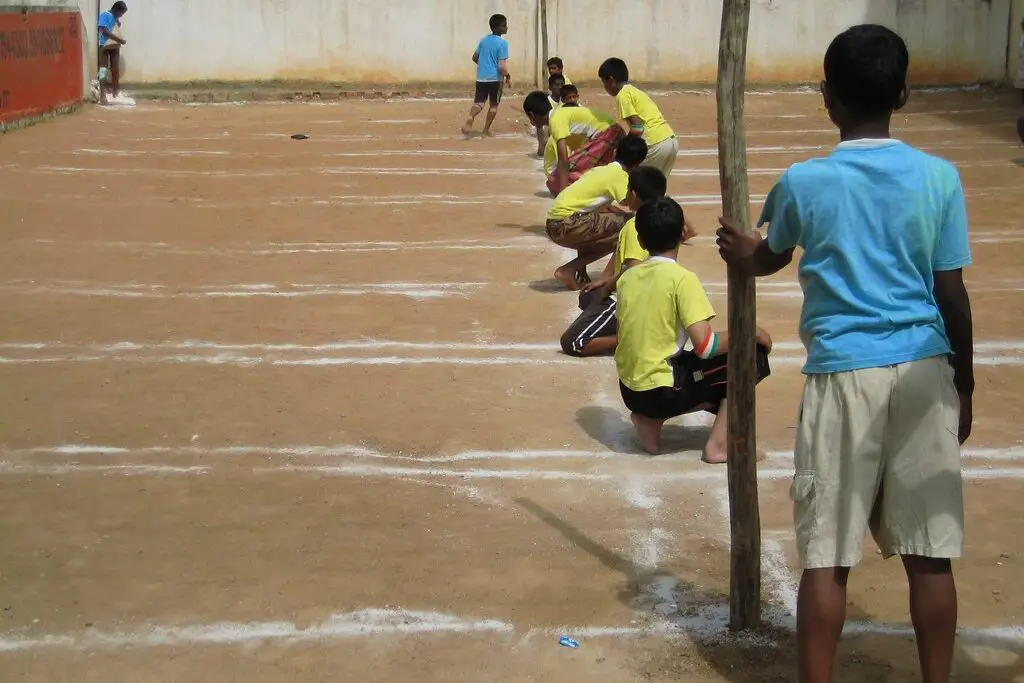
Kho Kho is like a thrilling mix of tag and dodgeball that kids in India have played for centuries. It’s a fast-paced chase game where runners try to avoid being caught by the chasers who are sitting on the ground, ready to leap up and give chase. The energy and strategy involved make it super engaging, but sadly, it’s fading as more modern games take over. Kids today often opt for video games or simpler playground activities instead says SportsTravel.
What makes Kho Kho special is how it encourages teamwork and quick thinking while being deeply rooted in tradition. It’s one of those games that’s not just about fun but also a cultural treasure. Though less common now, in some rural areas and schools, it still sparks joy and keeps the spirit of this ancient sport alive adds the Daily Observer.
2. Sepak Takraw — Southeast Asia’s Gravity-Defying Foot Volleyball
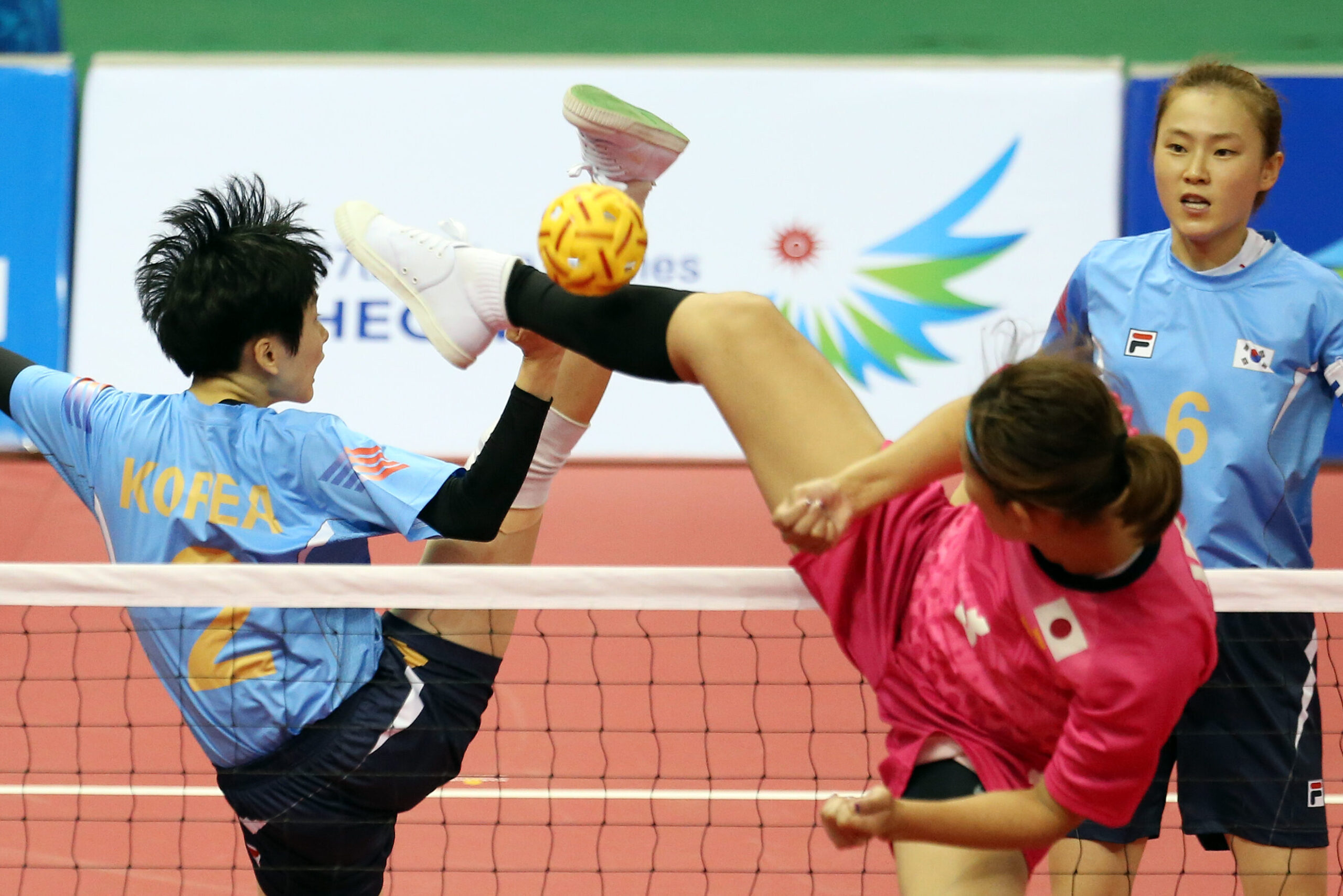
Sepak Takraw looks like volleyball, but instead of hands, players use their feet, head, knees, and chest to hit the ball over the net. Originating in Southeast Asia, it’s breathtaking to watch because of the acrobatic kicks and flips players pull off. Unfortunately, outside its home region, it’s almost unknown, and even locally it’s not as popular as before shares Little Village Magazine.
The game requires incredible agility and coordination, which is why kids who grow up playing it often develop impressive athletic skills. It’s a beautiful blend of sport and dance, but as new sports and tech gadgets take hold, Sepak Takraw is slowly slipping into the background adds India Tribune – Chicago.
3. Luksong Tinik — The Filipino Leap Over Thorns
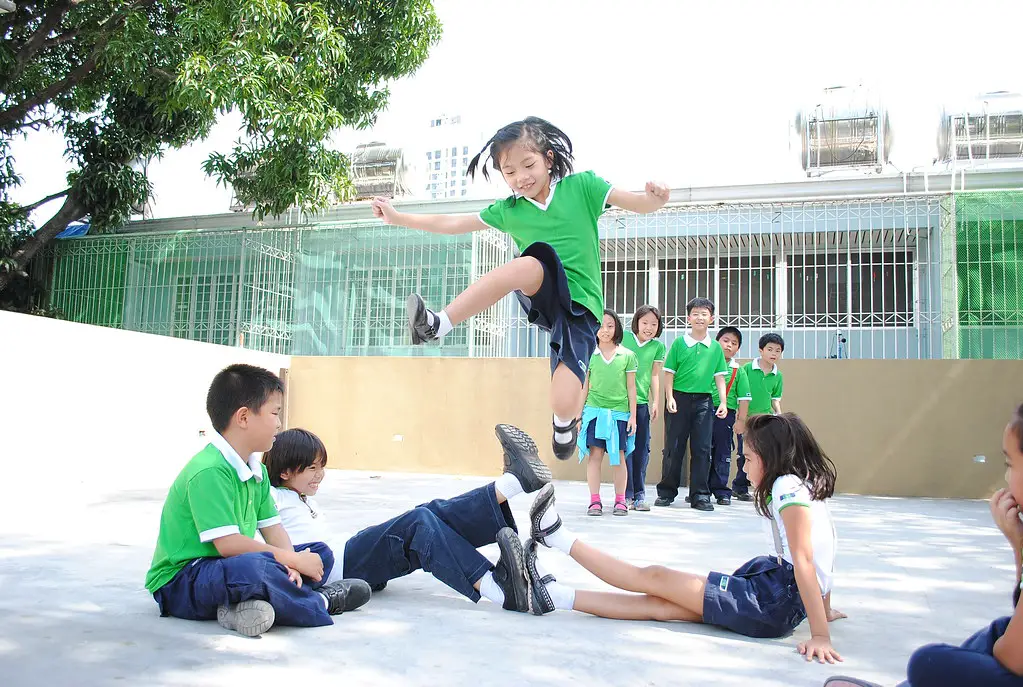
Imagine a game where the main goal is to jump over a growing pile of sticks or thorns without touching them. That’s Luksong Tinik from the Philippines, a childhood favorite that challenges players’ jumping skills and balance. It’s simple yet fun, relying entirely on players’ physical ability and friendly competition.
Despite its simplicity, Luksong Tinik’s charm lies in how it gets kids moving and laughing together. But as urban life speeds up and screen time increases, fewer kids get to experience this game firsthand. It’s one of those rare gems that deserve a comeback.
4. Sapo — Colombia’s Tabletop Toss

Sapo is a traditional Colombian game that involves flicking coins into the mouth of a frog sculpture on a table. The goal is to score points by landing coins in different holes or the frog’s mouth. It’s a game full of suspense and skill but feels like a lost art now, often replaced by more modern tabletop games.
This game brings people together, especially in family gatherings or festivals, combining luck and precision in a joyful way. Sapo’s disappearing act is sad because it carries so much cultural identity and simple fun in one package.
5. Patintero — Philippines’ Tag with a Twist

Patintero is a playground staple in the Philippines that’s part tag, part strategic maze. Players try to cross a grid without being tagged by opponents who guard the lines. It’s an all-out sprint and clever maneuvering rolled into one game, making it a timeless favorite.
Sadly, it’s less visible nowadays as kids gravitate toward individual screen time. Patintero’s mix of running, hiding, and teamwork offers more than just fun — it builds social skills and quick reflexes, qualities worth preserving.
6. Mumblety-Peg — America’s Quirky Knife-Throwing Challenge
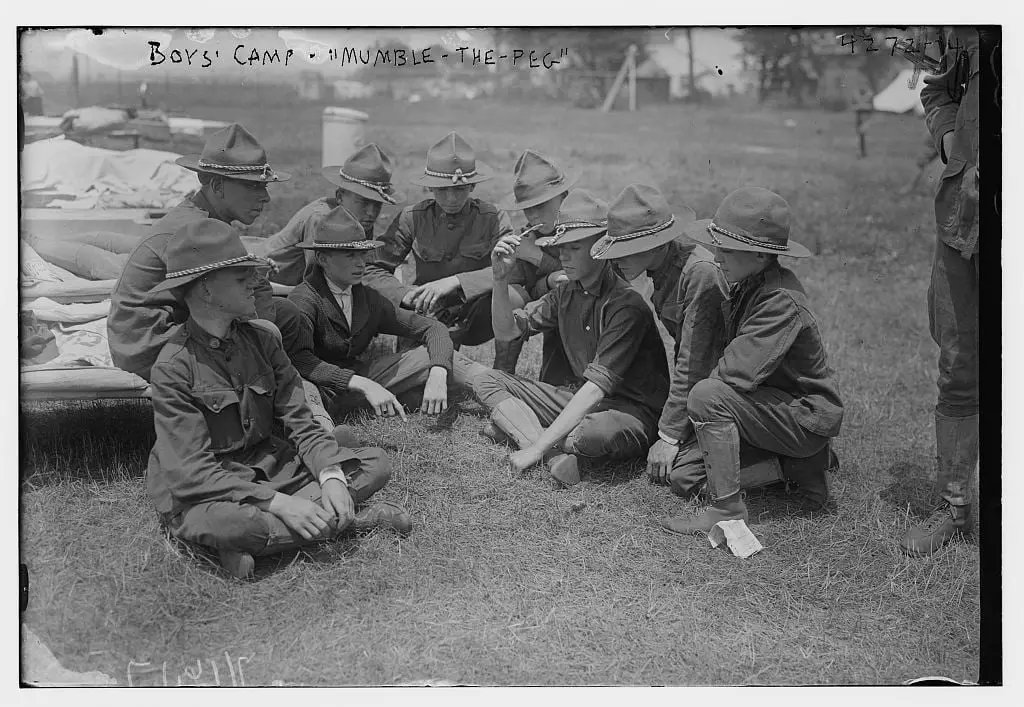
Mumblety-Peg might sound dangerous because it involves throwing a pocket knife into the ground near your foot, but it was once a popular playground dare in rural America. Players performed tricky moves and stunts, showing off their skill and nerve. Safety concerns and changing attitudes mean you rarely see this game anymore.
The game had a strange charm because it blended skill, risk, and a bit of bravado. Though it’s mostly disappeared, it’s a quirky piece of childhood history that reflects how play styles have evolved with time.
7. El Juego del Palo — Spain’s Stick Fighting Tradition
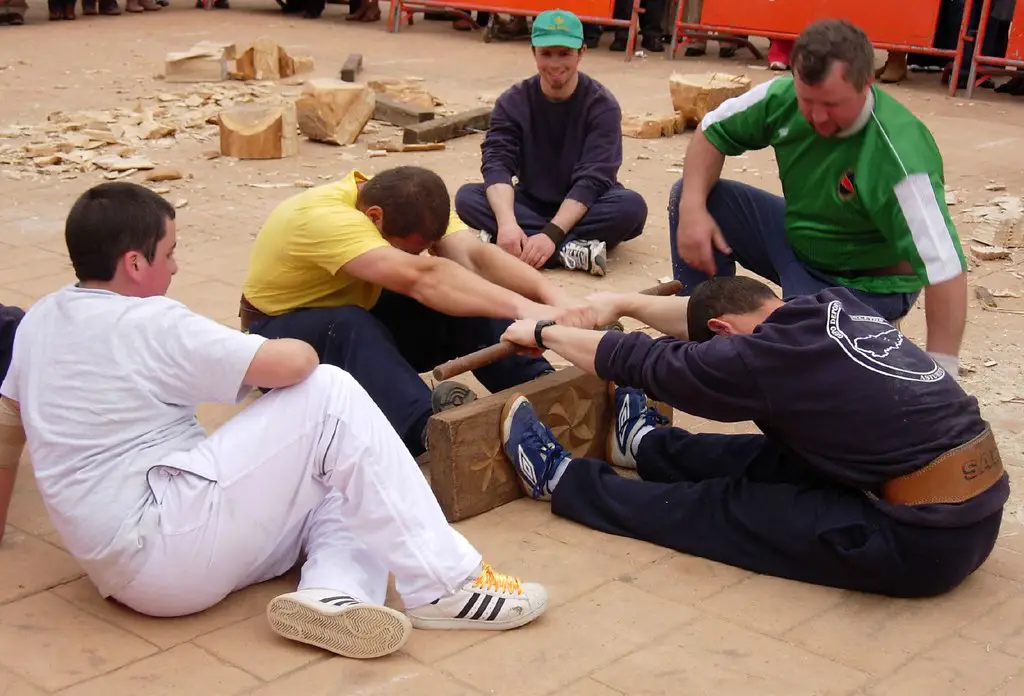
El Juego del Palo is a traditional stick-fighting game from the Canary Islands, passed down for generations. Kids used to spar with wooden sticks in choreographed matches that built discipline, respect, and agility. This martial art-style play taught more than just fighting skills — it was about heritage and community.
It’s nearly vanished in everyday play, with modern sports taking the spotlight instead. Still, some cultural groups keep it alive through demonstrations, hoping to inspire new generations to appreciate this unique game.
8. Uckers — British Navy’s Board Game Obsession
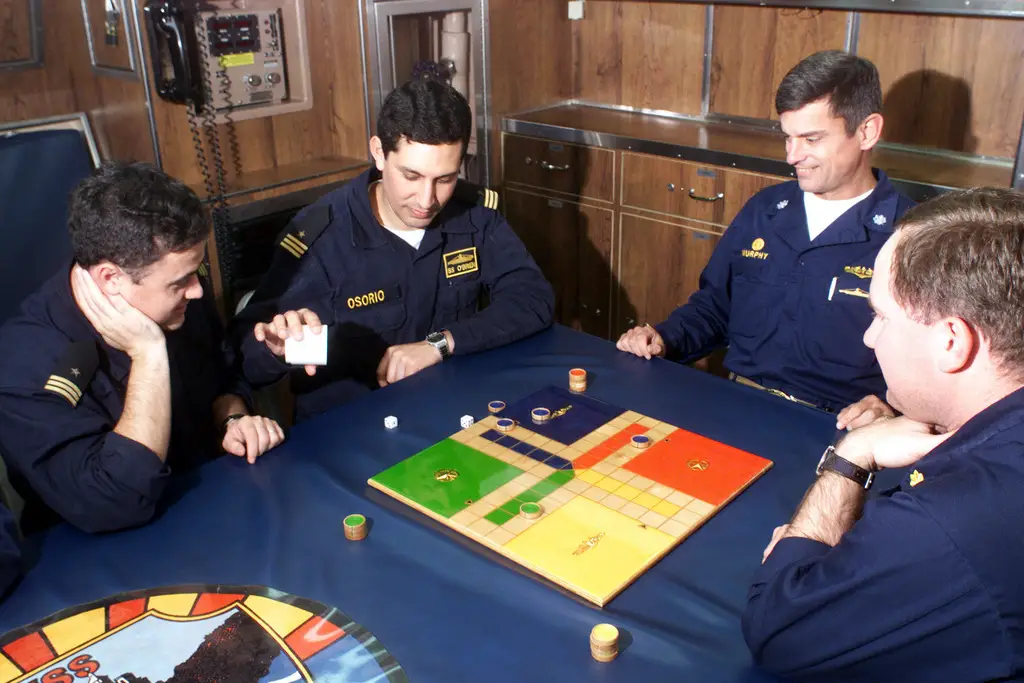
Uckers is a board game similar to Ludo, once wildly popular among British Navy sailors and their families. The game involves strategy and luck, moving pieces around a board with the goal of getting all home first. While it’s not exactly a playground game, many children of naval families learned it as a pastime.
With digital games now everywhere, Uckers has become more of a niche hobby than a childhood staple. Its disappearance is a little loss for those who love simple yet strategic games that bring people together around a table.
9. Hpatkan — Armenia’s Hopscotch with a Twist

Hpatkan is a traditional Armenian version of hopscotch, but instead of just hopping, players perform a series of complicated jumps and spins on a chalked grid. It’s a joyful way for kids to practice balance and coordination while laughing and competing. Unfortunately, it’s fading from streets as modern games dominate.
The charm of Hpatkan lies in its blend of physical challenge and cultural expression. Preserving it means keeping a colorful piece of Armenian childhood alive for future generations to enjoy.
10. Jukskei — South Africa’s Rural Tossing Sport
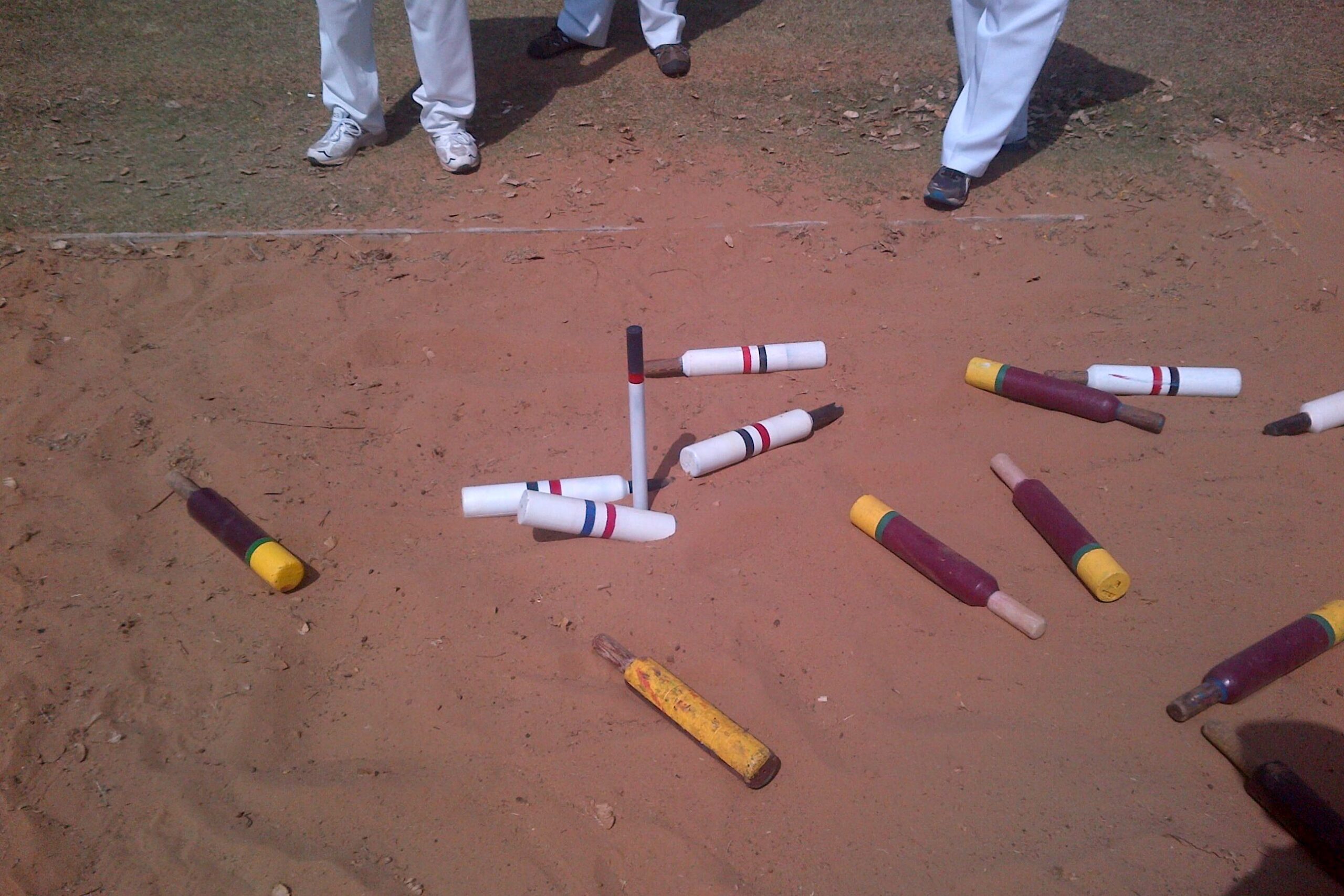
Jukskei started as a practical skill among South African farmers, who would toss wooden pegs at targets for fun and competition. Kids learned hand-eye coordination and friendly rivalry through this game, often played outdoors with lots of cheering. Its rural roots mean it’s less common in cities now.
The game’s slow disappearance is tied to urbanization and changing lifestyles, but it still survives in some communities. Jukskei reflects how simple games can grow from everyday life and become treasured traditions.
11. Shinny — Canada’s Indigenous Hockey Game

Before modern hockey took over, many Indigenous communities in Canada played shinny — a rough-and-ready version of hockey on frozen ponds or fields. It was less formal but packed with fast skating and creative play. Shinny helped build community ties and love for the sport, yet it’s mostly vanished as organized hockey took over.
This informal game remains a vital part of cultural history and connection to nature. Its near disappearance reminds us how some childhood games are deeply tied to identity and environment.
12. Gilli Danda — India’s Cricket-Like Backyard Game
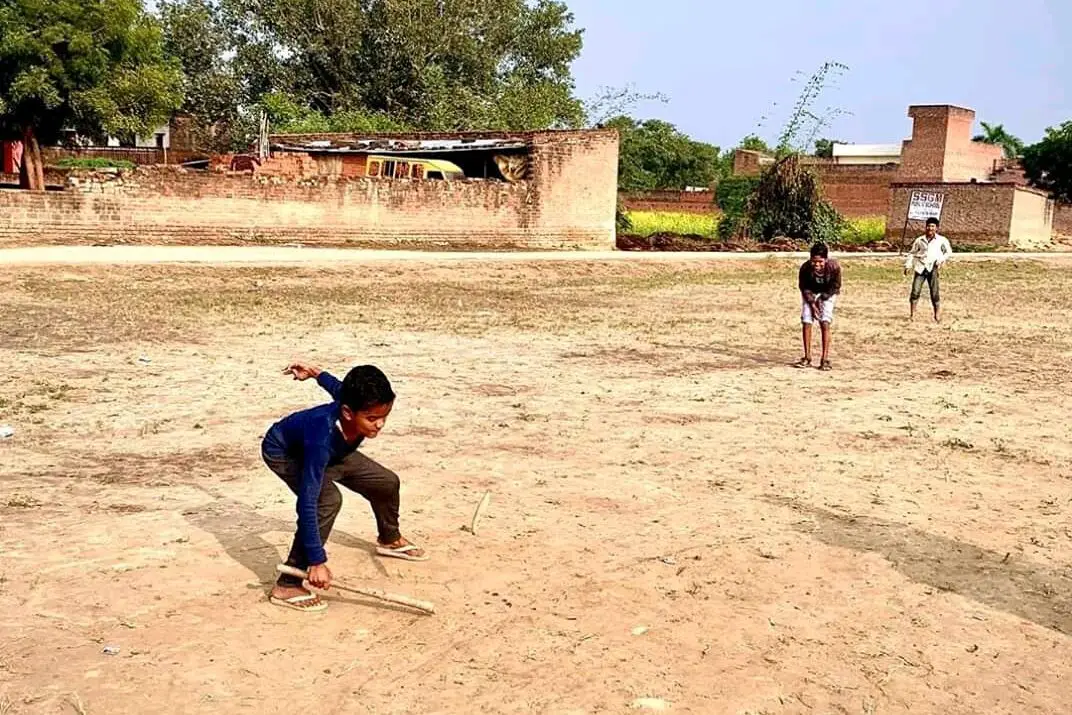
Gilli Danda is an old Indian game resembling cricket, played with two sticks — a long one to hit and a smaller one to strike. Kids loved it because it required skill and agility but didn’t need expensive equipment. As cricket gained professional status, Gilli Danda gradually lost its place on playgrounds.
It’s a nostalgic game that connects generations, embodying simple joys of childhood play. Its decline is felt deeply by those who grew up with it and wish new kids could experience that same thrill.
13. Basque Pelota — Spain’s Court Wall Ball Game
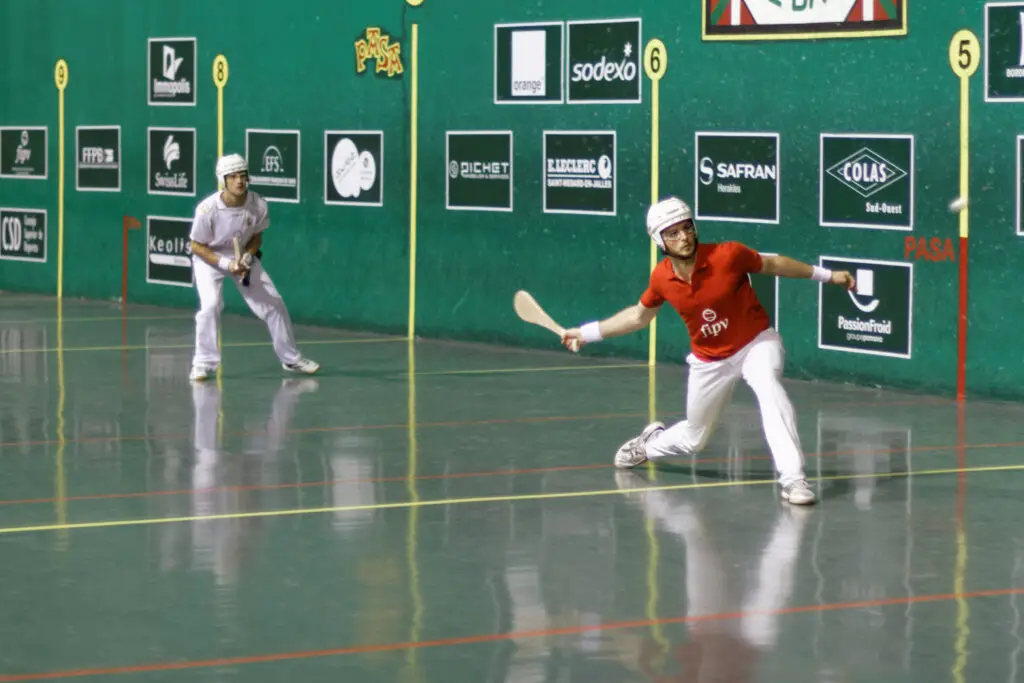
Basque Pelota is a traditional game from northern Spain where players hit a ball against a wall with their hands or a wooden bat. It’s fast and skillful, often played in village courts as a social event. The game’s popularity is waning as younger generations lean toward global sports and video games.
Pelota is more than just a sport; it’s a celebration of community and heritage. Its rarity today makes it a precious link to the past for those who still treasure it.
14. Kabbadi — India’s Tag with a Catch
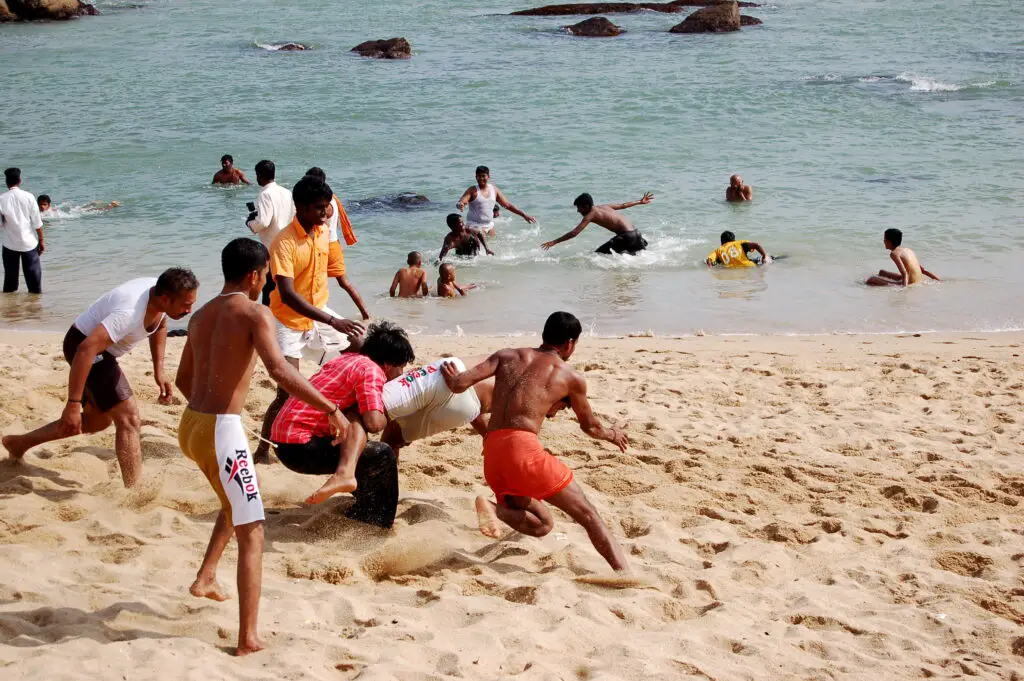
Kabbadi is a high-energy game where a player raids the opposing team’s side while chanting “kabbadi” nonstop to prove they’re not breathing. It’s a mix of tag, wrestling, and breath control that tests agility and stamina. Though it’s still popular in some parts of India, it’s much less common than before as urban kids turn to other sports.
The game’s intense physical and mental challenge makes it unique and fascinating. Losing Kabbadi would mean losing a rich piece of traditional play that blends athleticism with culture in a way few games can match.
